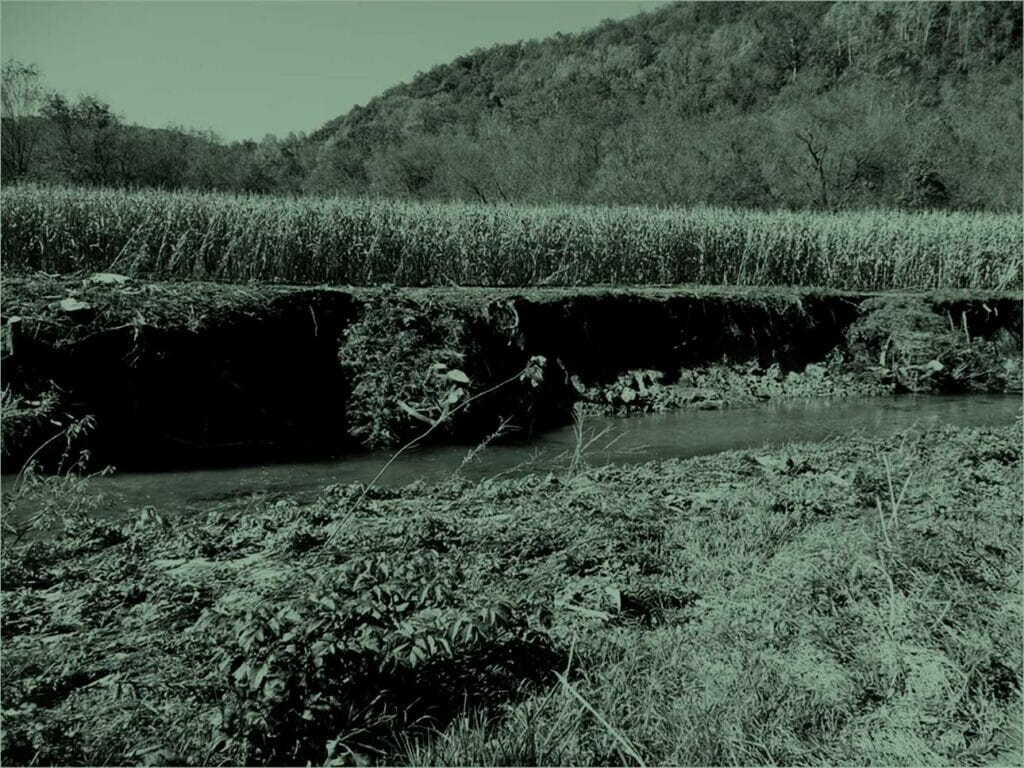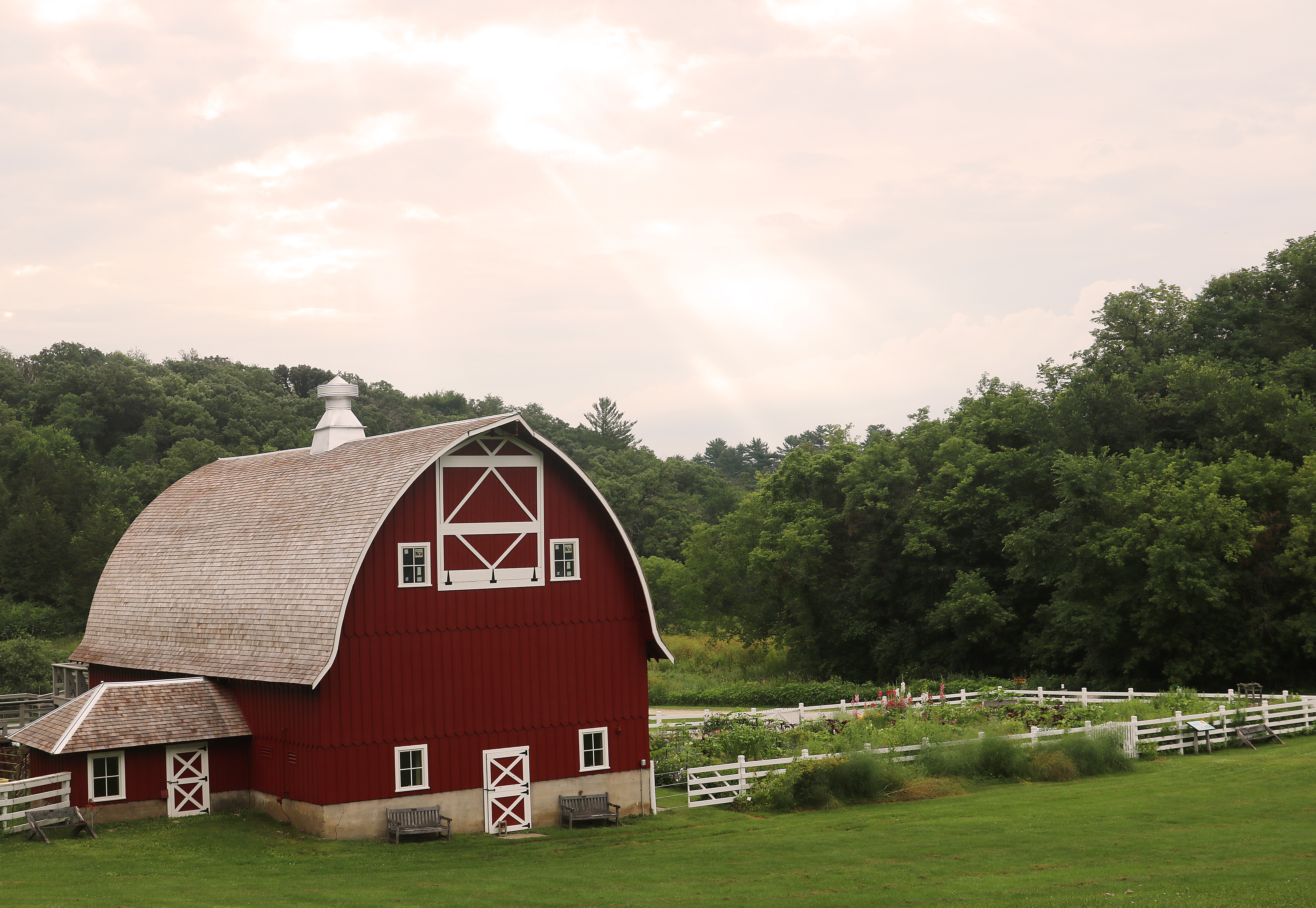
Seed Savers Exchange 50th Anniversary Celebration – with special guest TUDARE!
Seed Savers Exchange stewards America’s culturally diverse and endangered garden and food crop legacy for present and future generations. T
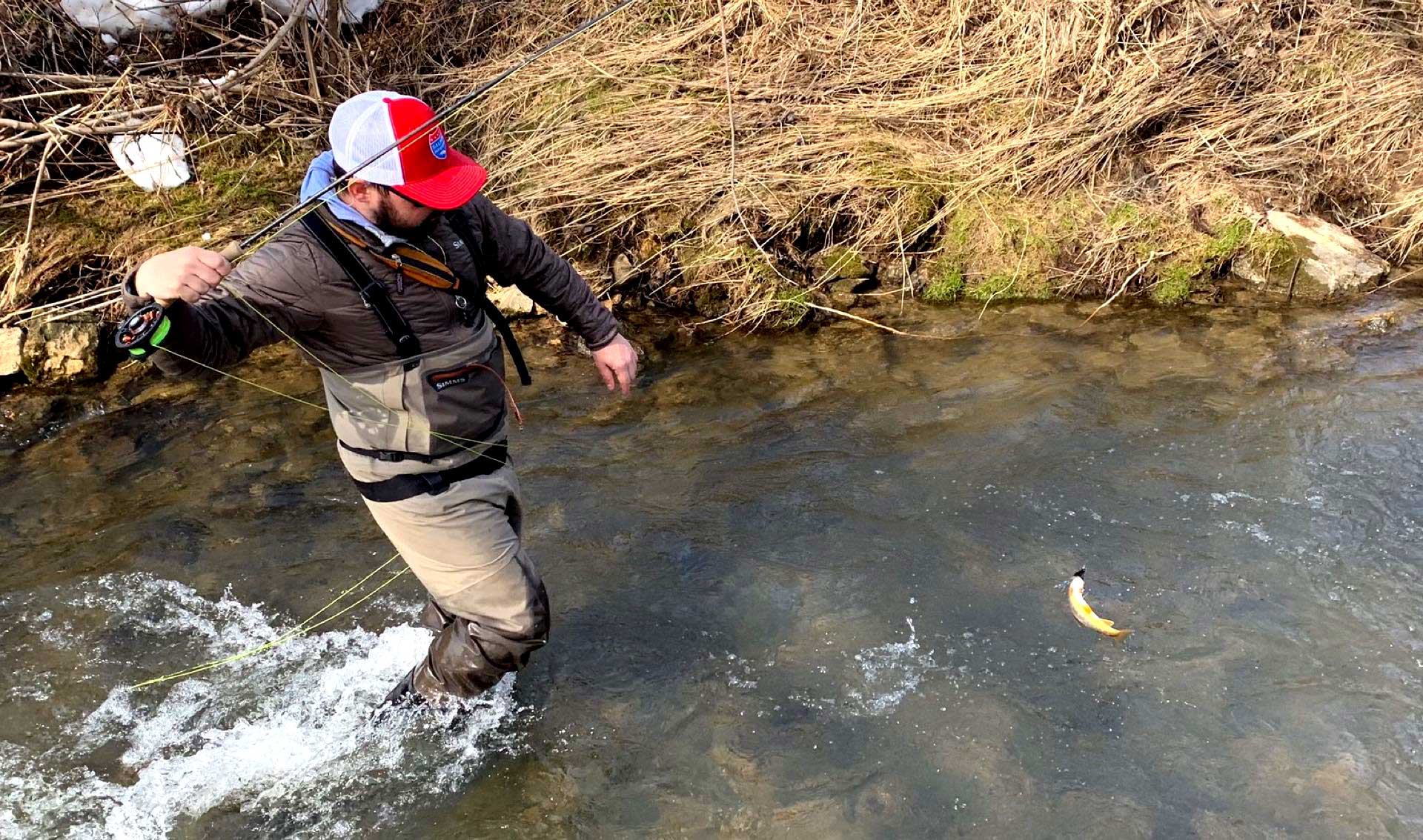
The unique 24,000 square-mile unglaciated Driftless Area in the heart of the Upper Mississippi River basin is a natural resource treasure. The scenic landscape with its steep hills and rocky bluffs is home to one of the country’s most remarkable freshwater resources — more than 600 coldwater limestone spring-fed creeks supporting a world-class trout fishery.
Over 5,700 miles of mineral-rich spring creeks weave across the landscape. These streams support abundant populations of trout, which in turn, attract tens of thousands of anglers to the region each year. Studies commissioned by Trout Unlimited have shown that trout fishing in the Driftless Area provides an annual annual economic benefit of more than $1 billion to local economies in Minnesota, Wisconsin, Iowa, and Illinois.

This project is in coordination with the National Fish Habitat Partnership. Learn more.
Unfortunately, early European settlement and agricultural practices took a heavy toll on the Driftless Area. The steep slopes, tight valleys and highly erosive soils were ill-suited to the intensive agricultural practices of European settlers and resulted in devastating erosion.
A thick layer of deposited sediment accumulated over time. Up to 15 feet of eroded soil blankets the valley floors in some areas. As a result, the now entrenched streams are no longer able to spread out across their floodplains to dissipate energy, resulting in continued erosion, frequent flooding, and serious damage to rivers and infrastructure in local communities.
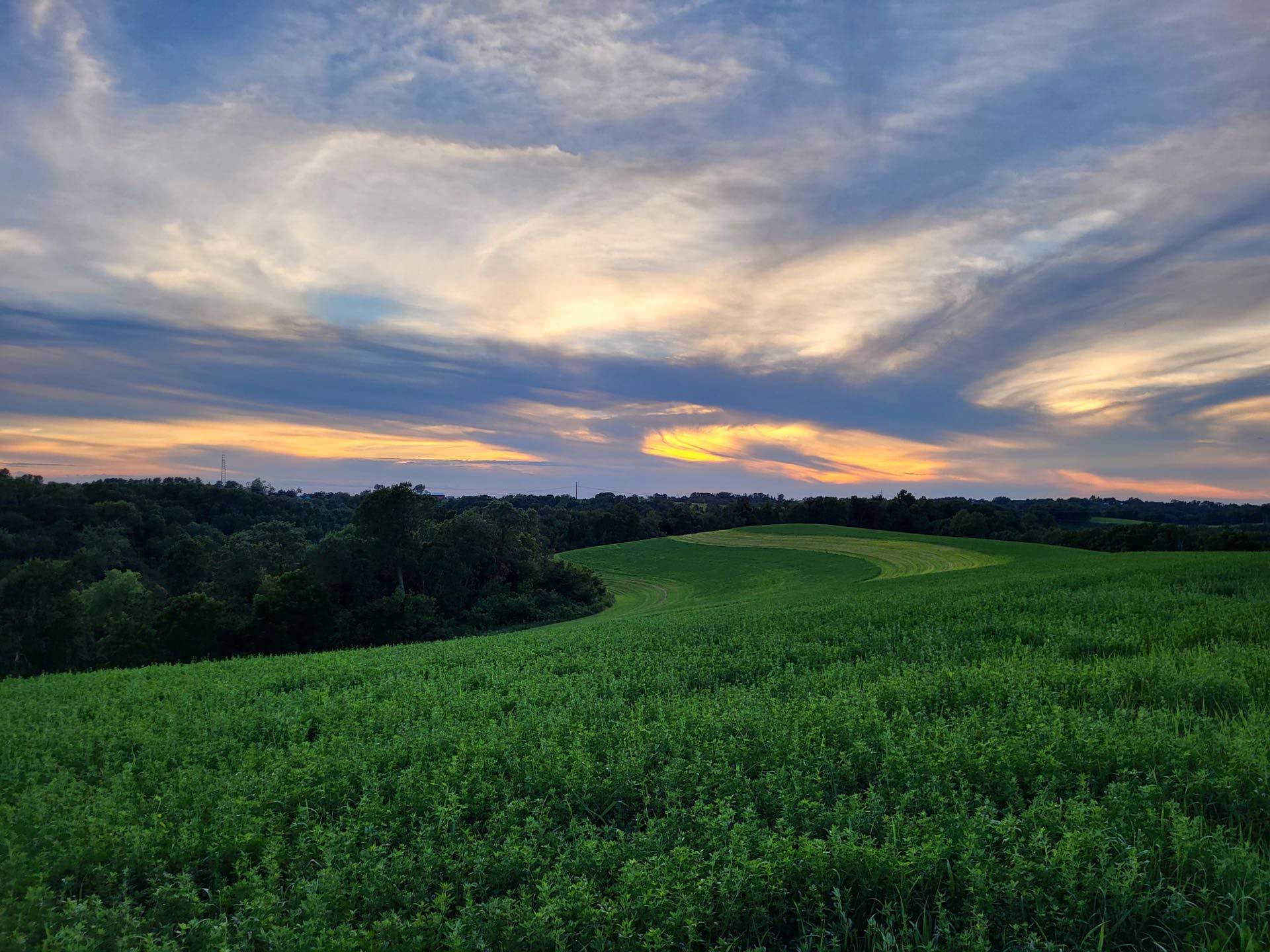
Trout Unlimited and its partners have restored more than 350 miles of streams since the inception of TUDARE and totaling $65M of restoration investments across numerous federal, state and private sources. Specific approaches vary from site to site, but the goal is consistent: help return those stretches of stream to a more natural state.
Often, TU uses industrial construction equipment, such as excavators and bulldozers, to repair eroding streambanks. Returning banks to a gradual slope helps reconnect a stream to its natural floodplain, so when waters rise — which is happening with growing frequency and duration due to climate change — flood waters ease into the floodplain rather than further incising channels. As waters recede, sediment is deposited into the floodplain rather than being swept downstream.
In addition, such projects typically include the addition of in-stream structures to provide habitat for trout and other wildlife, including non-game species.
The projects produce measurable results, with surveys showing significant increases in trout densities. And, because TU works on streams where easements guarantee public access, that’s great news for anglers and a reason that the Driftless Area continues to gain a reputation as a great trout fishing destination.
Fragmented habitat is a long-standing challenge for fish. Barriers such as dams and culverts can disconnect stream sections. Sometimes fish and other aquatic organisms can travel downstream past a barrier, but not be able to get upstream past the same barrier.
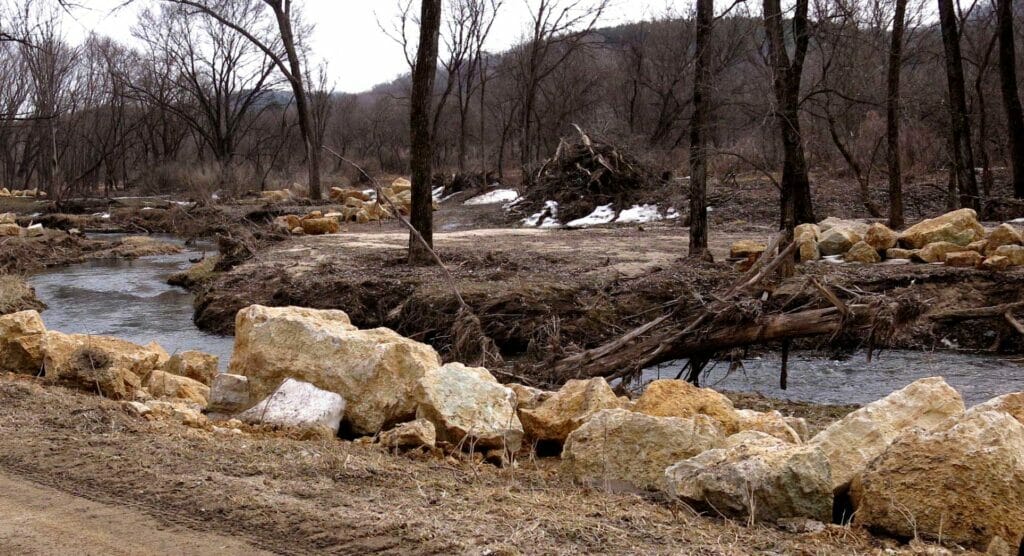
Removing such barriers or replacing them with fish-passage-friendly structures reconnects habitat. That allows stream-dwellers access to more habitat, which can be crucial for foraging, spawning, and seeking cooler water in the summer.
Habitat fragmentation can be a significant problem on some streams, particularly when episodic flooding or other major events might extinguish a local population that is not able to be replenished from refuge areas. Trout Unlimited and its partners are working diligently to improve that connectivity.
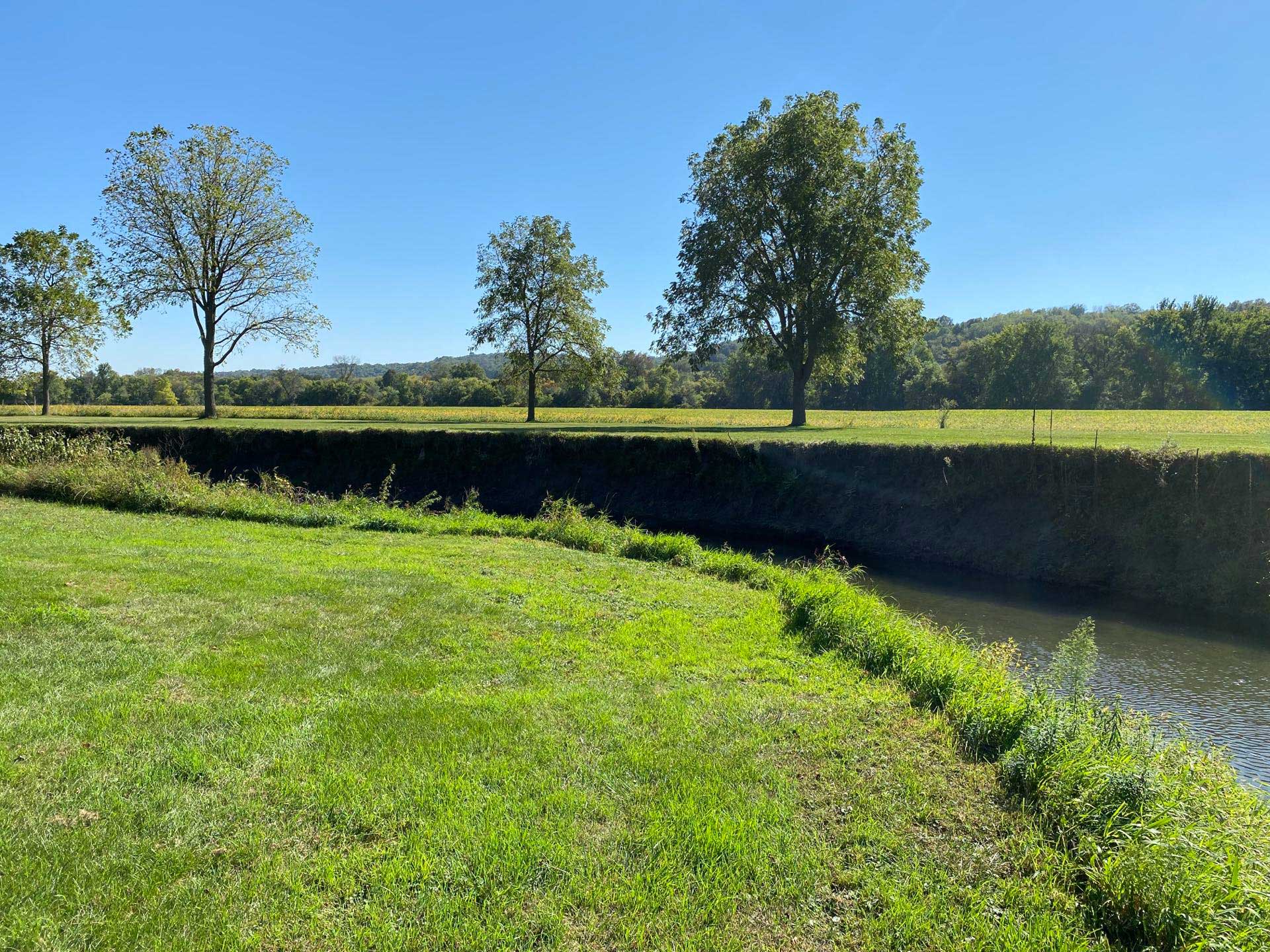
Nearly all of the land in the Driftless Area is privately owned, so Trout Unlimited and its partners must collaborate with landowners on most of this work.
TU meets with landowners to help understand their objecitves and discuss opportunities for habitat and stewardship improvements. TU helps to provide technical and financial resources for projects and works with landowners and partners to secure the necessary funds to complete the work. Funding sources include federal assistance through a variety of programs administered by the U.S. Department of Agriculture, state programs, foundation grants and private sources, including money and labor provided by local Trout Unlimited chapters and supporters.
The USDA’s Regional Conservation Partnership Program has been a particularly important supporter over the past decade, providing more than $12M in funding across the Driftless through Trout Unlimited’s Habitat for the Wild and Rare Program.
Restoration projects benefit landowners in many ways, but the preservation of land is among those that resonate most powerfully with landowners. Where landowners once watched as their soil and acreage literally washed away, restoration projects help reduce or even eliminate that kind of erosion, which is costly for both the property owner and the environment.
Often, TU uses industrial construction equipment, such as excavators and bulldozers, to repair eroding streambanks. Returning banks to a gradual slope helps reconnect a stream to its natural floodplain, so when waters rise — which is happening with growing frequency and duration due to climate change — flood waters ease into the floodplain rather than further incising channels. As waters recede, sediment is deposited into the floodplain rather than being swept downstream.

Seed Savers Exchange stewards America’s culturally diverse and endangered garden and food crop legacy for present and future generations. T
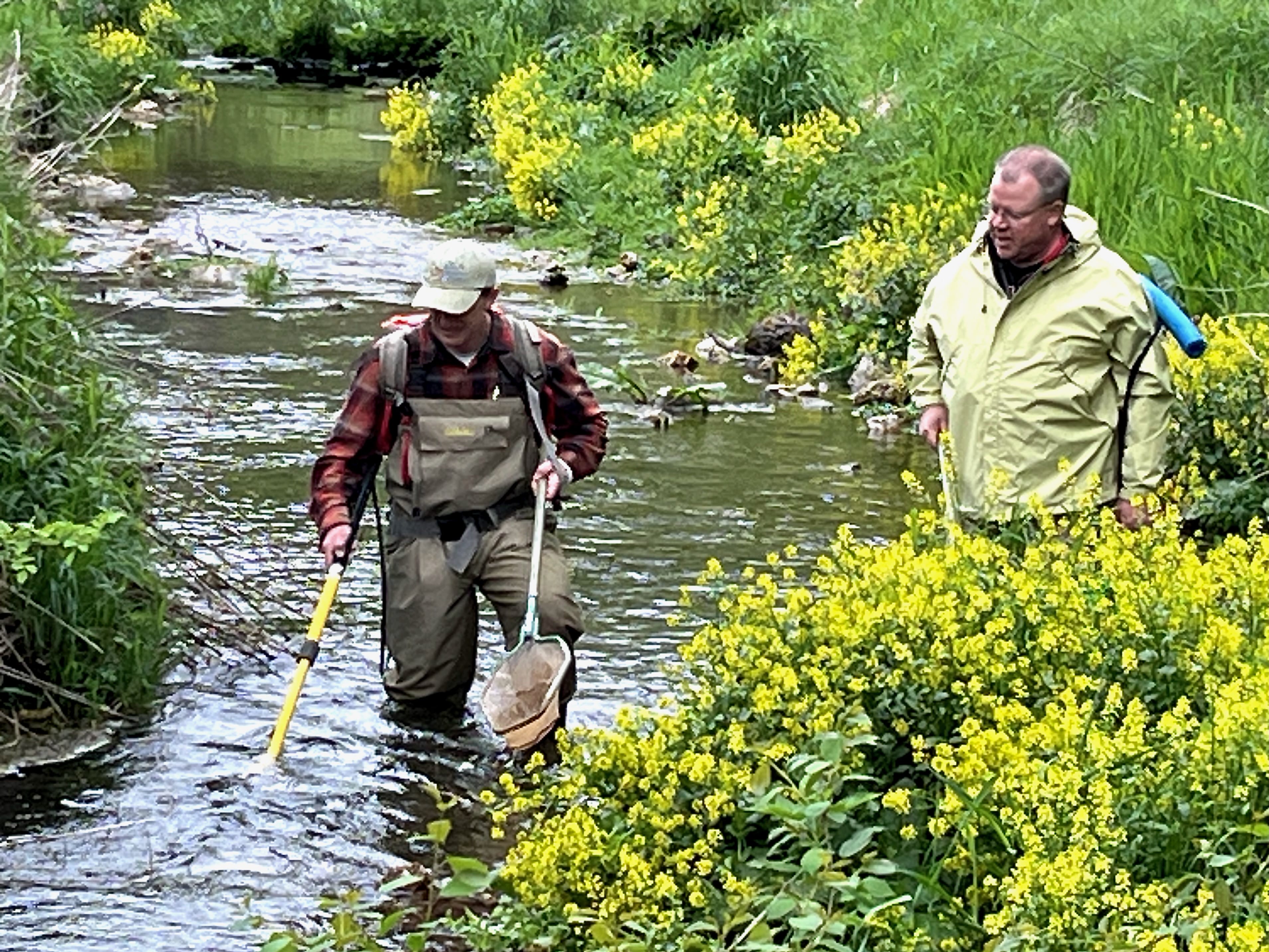
Prior to meeting Evan Sirianni, my knowledge of sculpin consisted of occasionally looking at Muddler Minnows in a fly shop fly bin and wondering if they work.
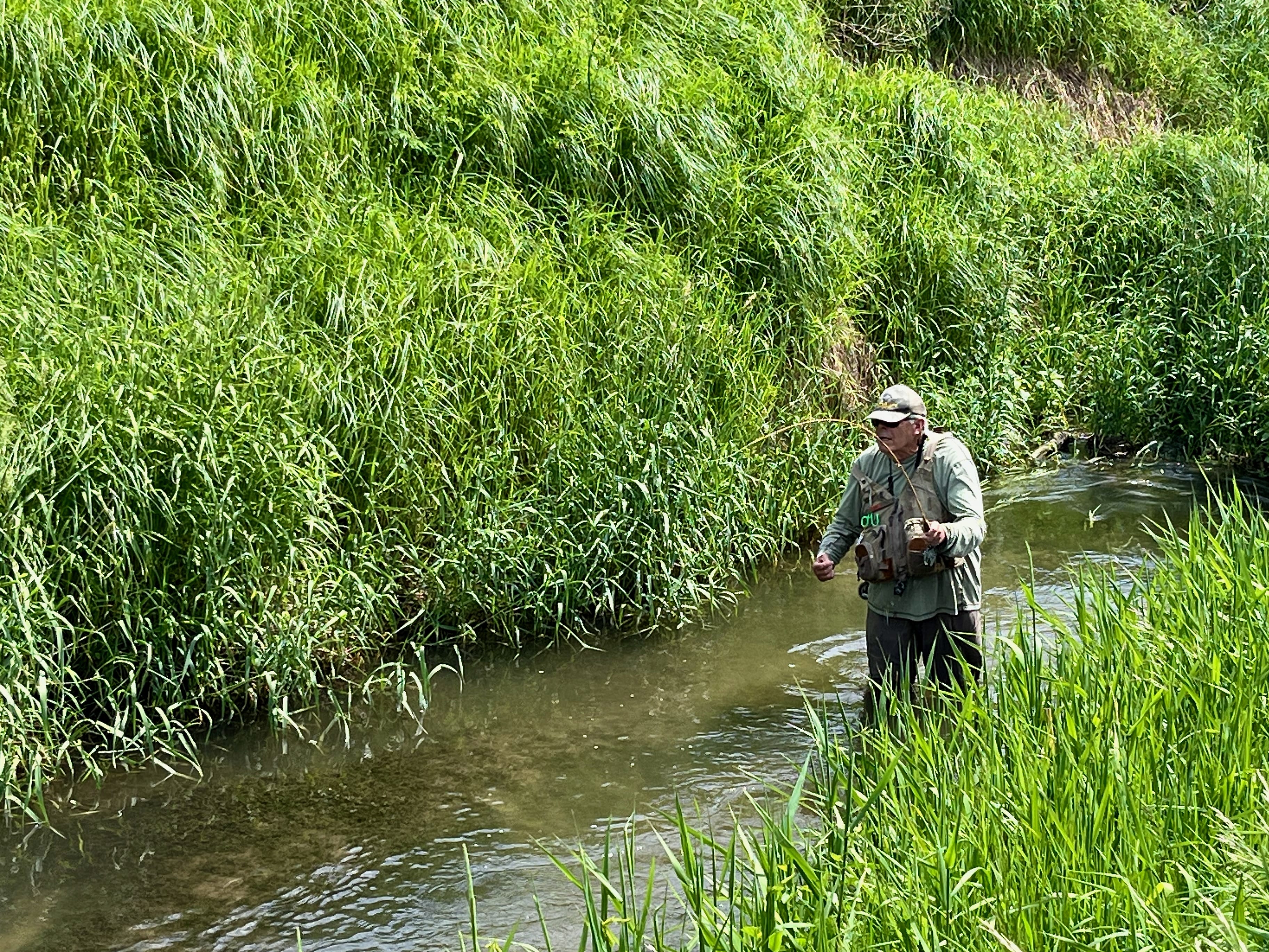
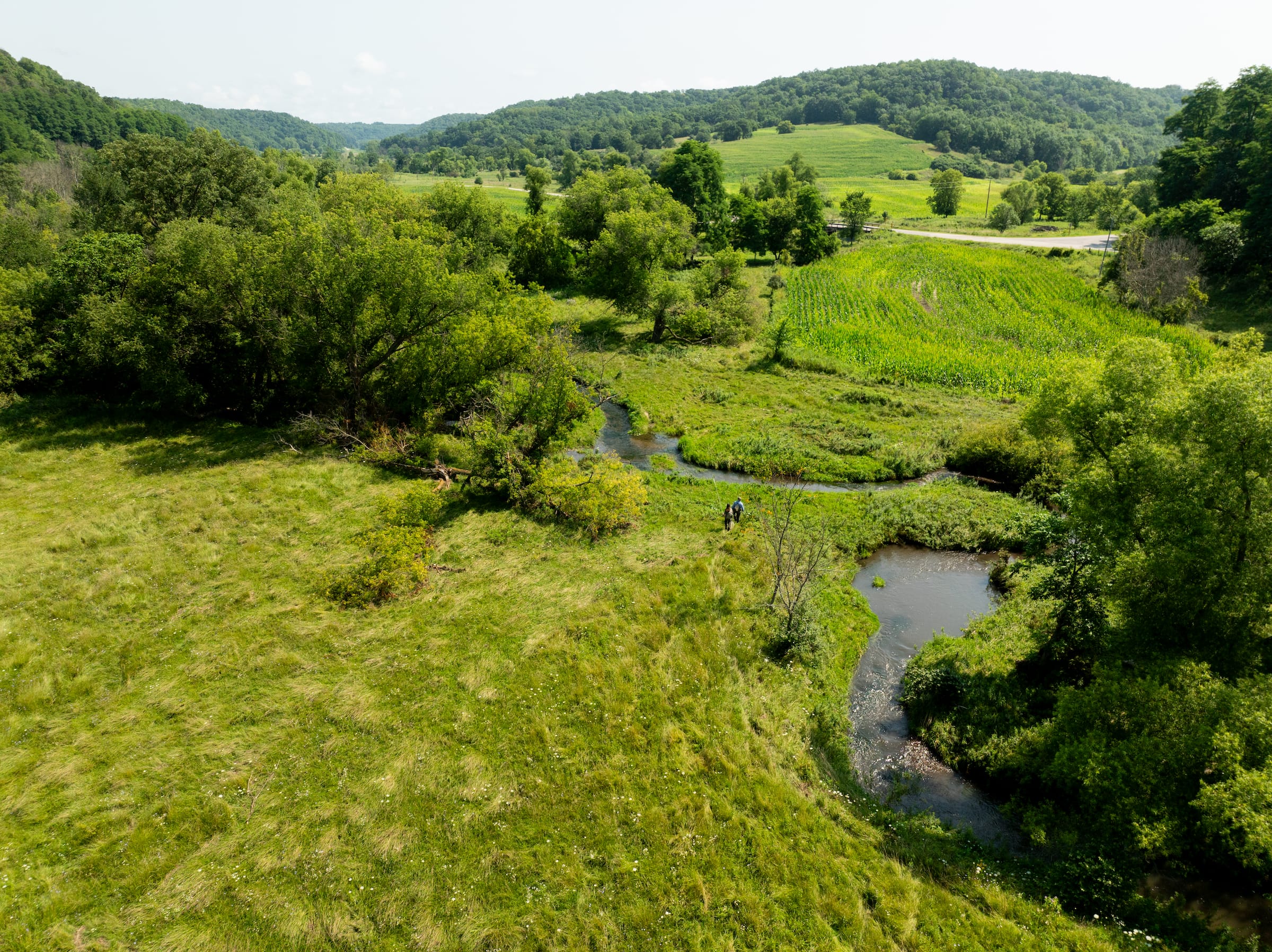

The Driftless Area Restoration Effort is one of twenty partnerships that comprise the National Fish Habitat Partnership. The National Fish Habitat Partnership was built as a collaborative focused on protecting, maintaining or restoring healthy aquatic systems to support a broad diversity of fish and aquatic species. The Partnership was codified through Title II of PL 116-188 America’s Conservation Enhancement Act on October 30, 2020, and includes 20 partnerships across the U.S.
Starting in 2022, Trout Unlimited is the lead National Fish Habitat Partnership coordinator for the Driftless Area Restoration Effort. This role includes developing and implementing a strategic plan, conducting education and outreach, managing partnership governance and conducting a grant proposal process for projects funded by DARE.
Applications seeking funding for project work in 2024 are currently being sought. Funding will be made available under the National Fish Habitat Partnership through the U.S. Fish and Wildlife Service and America’s Conservation Enhancement Act to fund top ranked proposals.
The Driftless Area Restoration Effort seeks to:
Typical applications include design, permitting and/or construction of stream restoration projects that improve habitat, address water quality impairments or evaluation to support watershed conservation practices that benefit aquatic resources.
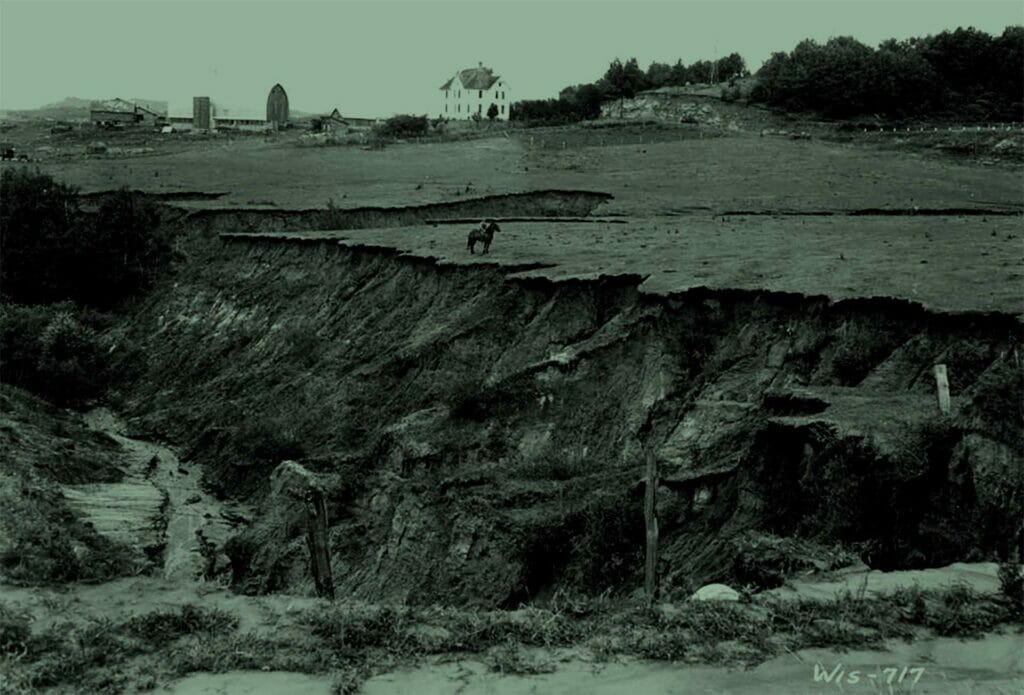
The Driftless Area is still recovering from early land management practices such as plowing steep slopes, removal of natural vegetation, wetland loss, and channelization that led to significant erosion and sediment deposition across entire watersheds.
Modern practices such as intensive row crops, excessive fertilizer or pesticide use, drainage and water withdrawals paired with stresses from climate change and invasive species have caused excessive streambank erosion, sedimentation, and poor water quality that impact waters all the way to the Gulf of Mexico, where such practices have helped contribute to hypoxic waters.
DARE employs a collaborative approach to plan and implement cost effective projects to improve aquatic habitat and water quality and ameliorate the impacts of stressors. These practices include streambank stabilization, restoration of riparian vegetation and instream habitat, and reconnection of streams to their floodplains in targeted watersheds.
